Brussels Sprouts Seeds pack of 30 seeds
₹70.00
Out of stock
Email when stock available
Brussels Sprouts Benefits
Brussels Sprouts Just one serving of Brussels sprouts meets the recommended daily intake of vitamin C and vitamin K.
Brussels sprouts offer a range of health benefits.
Consuming fruits and vegetables is known to reduce the risk of many health conditions.
Many studies have suggested that increasing consumption of Brussels sprouts and similar cruciferous vegetables can decrease the risk of obesity, diabetes, heart disease, and overall mortality.
They can also promote a healthy complexion, increased energy, and overall lower weight.
Timing
Start indoors at the end of May or early June. Transplant to the garden by mid-August so the plants are in the ground for 45-60 days before the first hard frost. Optimal soil temperature for germination: 10-30°C (50-85°F). Seeds should germinate in 7-10 days.
Starting
Sow 3-4 seeds per pot, 5mm (¼”) deep, under very bright light. Thin to the strongest plant. Transplants should be set out when they have 6-8 true leaves. Space transplants 45-60cm (18-24″) apart in rows 75-90cm (30-36″) apart.
Growing
Ideal pH: 6.0-7.5. Plant in humus-rich soil amended with composted manure. Mix ¼ cup complete organic fertilizer into the soil under each transplant. High nitrogen levels result in loose sprouts with internal browning, so do not fertilize after midsummer. Cool temperatures during sprout development are important for compact, quality sprouts.
Harvest
Sprouts are sweeter after moderate freezes. Pick when sprouts are firm and well-formed, beginning with the ones at the bottom. The upper sprouts continue to form and enlarge as the bottom ones are harvested. For a once over harvest, to ensure you have enough for your holiday meal, pinch out the growing point at the top of the stem when the lower sprouts are 1-2 cm (½-¾”) in diameter. A full stem of evenly sized sprouts will develop in about 2 weeks.
After harvesting the sprouts, there is another harvest-in early spring. The plant sends up long, edible flower stalks which are tender and sweet when steamed, or served raw with a dip.
Seed Info
In optimum conditions at least 80% of seeds will sprout. Usual seed life: 3 years. Per 100′ row: 170 seeds, per acre: 30M seeds.
Diseases & Pests
Pests
Slugs and snails – Slugs are attracted to beer, so place a little beer in a cup dug into the ground. Sprinkle broken eggshells around plants to deter slugs and snails.
Cabbage aphids – A hard stream of water can be used to remove aphids from plants. Wash off with water as needed early in the day. Check for evidence of natural enemies such as gray-brown or bloated parasitized aphids and the presence of larvae of lady beetles and lacewings.
Cabbage root maggot – White maggot larvae feed on roots of plants. Damage causes wilting early on, and the death of plants later on.
Flea Beetles – Use row covers to help protect plants from early damage. Put in place at planting and remove before temperatures get too hot in midsummer. Control weeds. Nematodes feed on the larvae of these pests.
Cutworms – Control weeds. Cardboard collars around each plant give good protection.
Cabbageworms – Handpick and destroy. Row covers may be useful on small plantings to help protect plants from early damage. Put in place at planting and remove before temperatures get too hot in midsummer.
Be the first to review “Brussels Sprouts Seeds pack of 30 seeds” Cancel reply
You must be logged in to post a review.




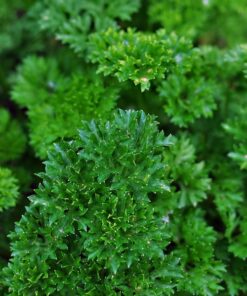
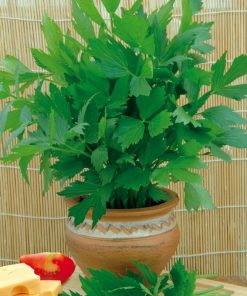
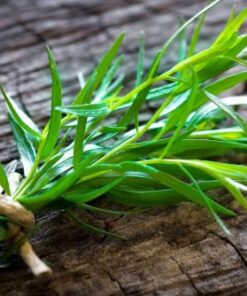
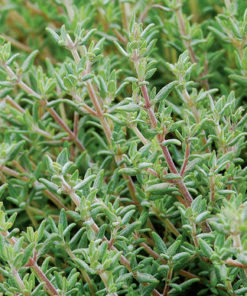
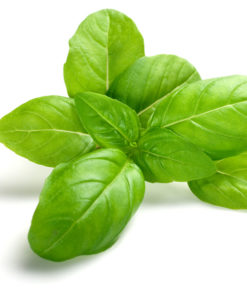
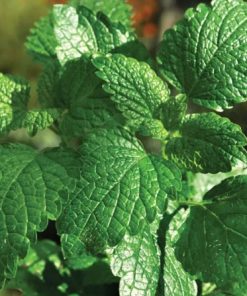
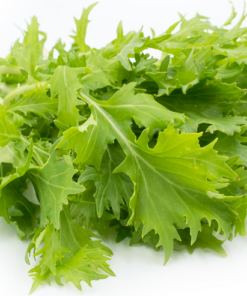

Reviews
There are no reviews yet.